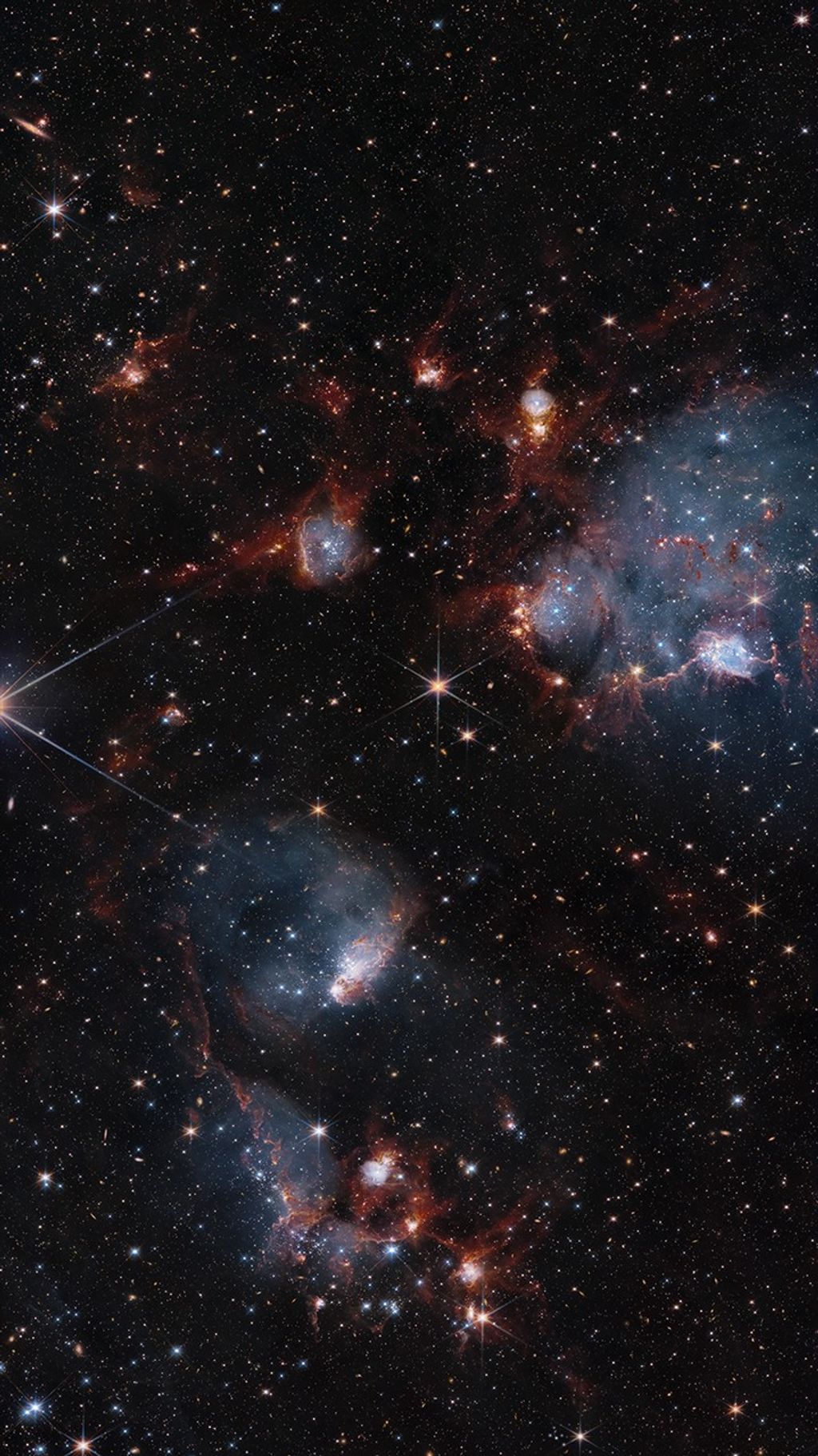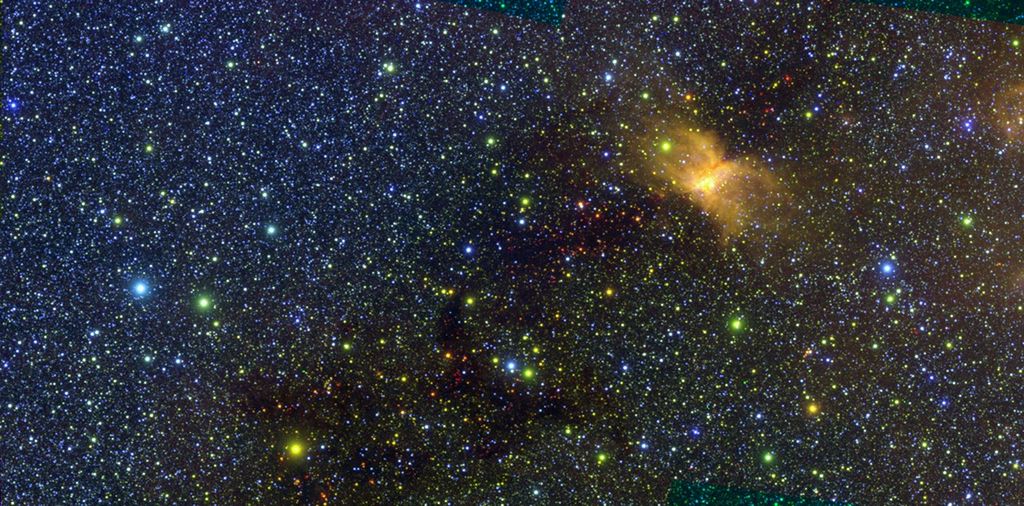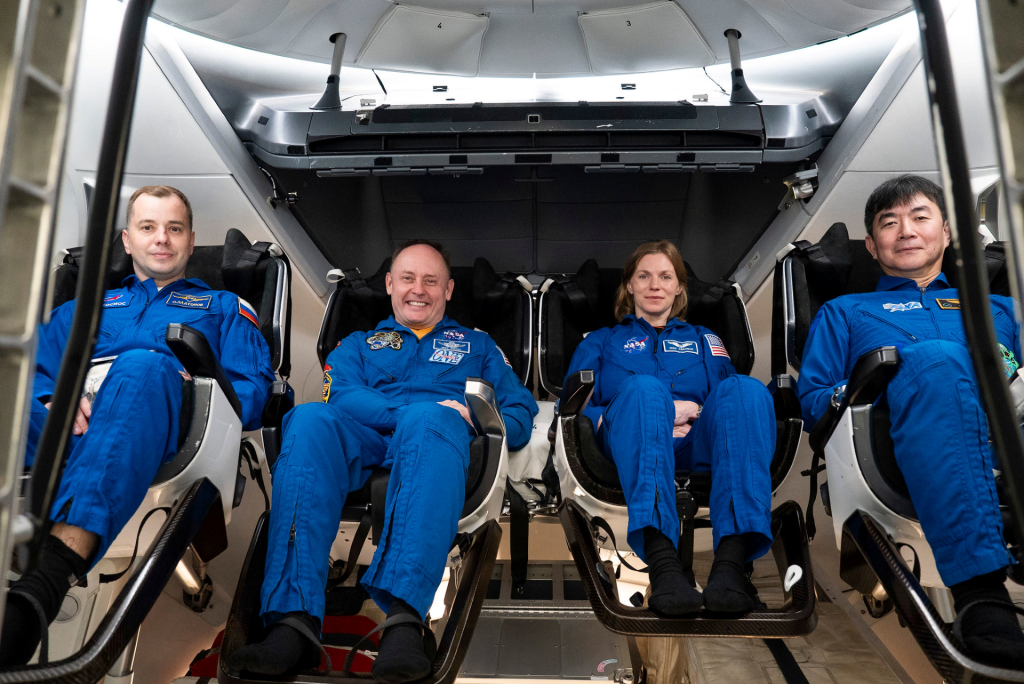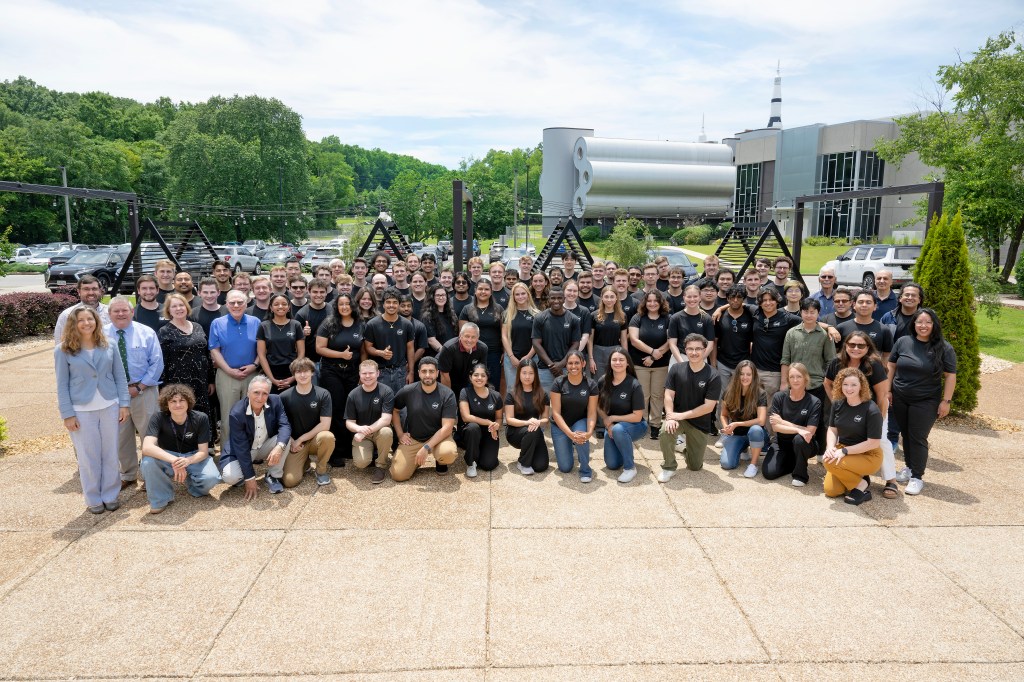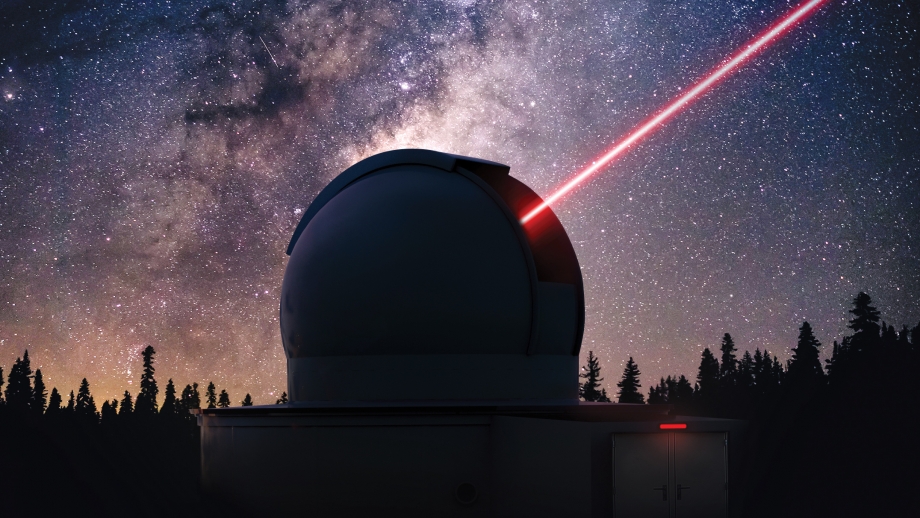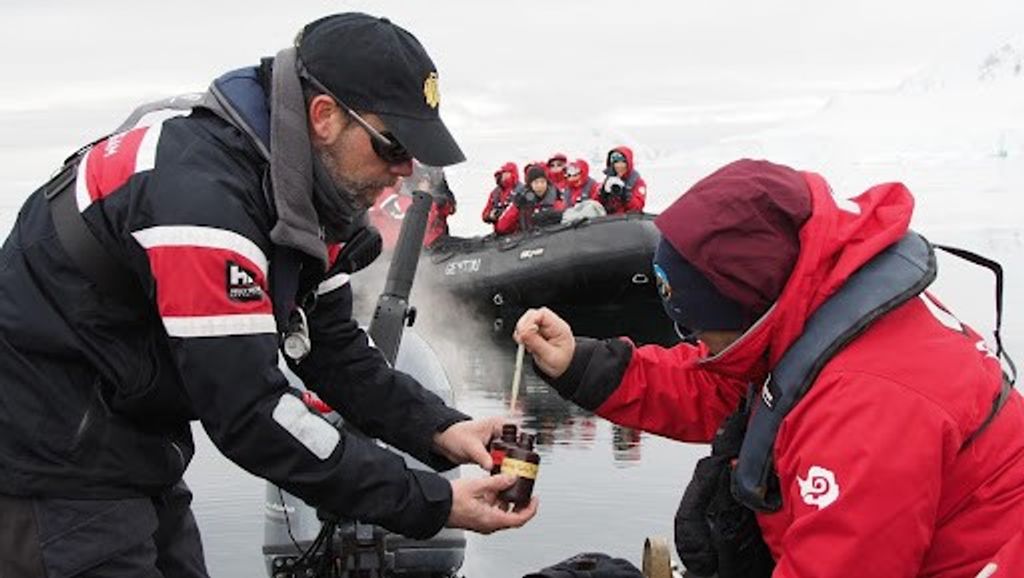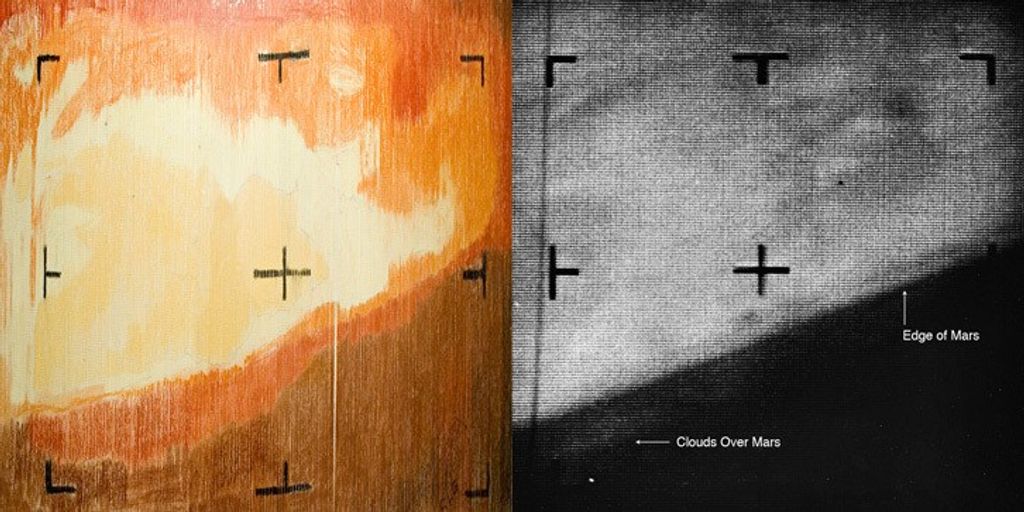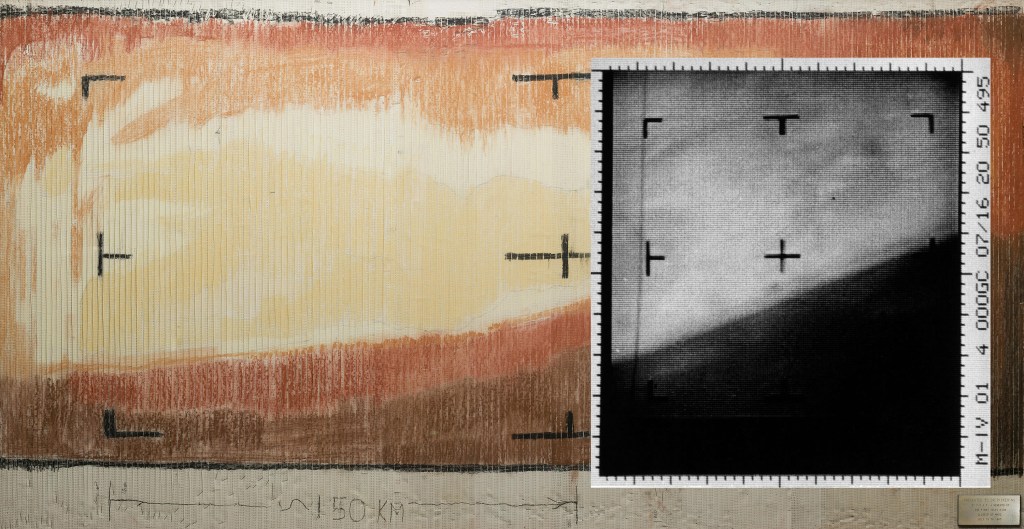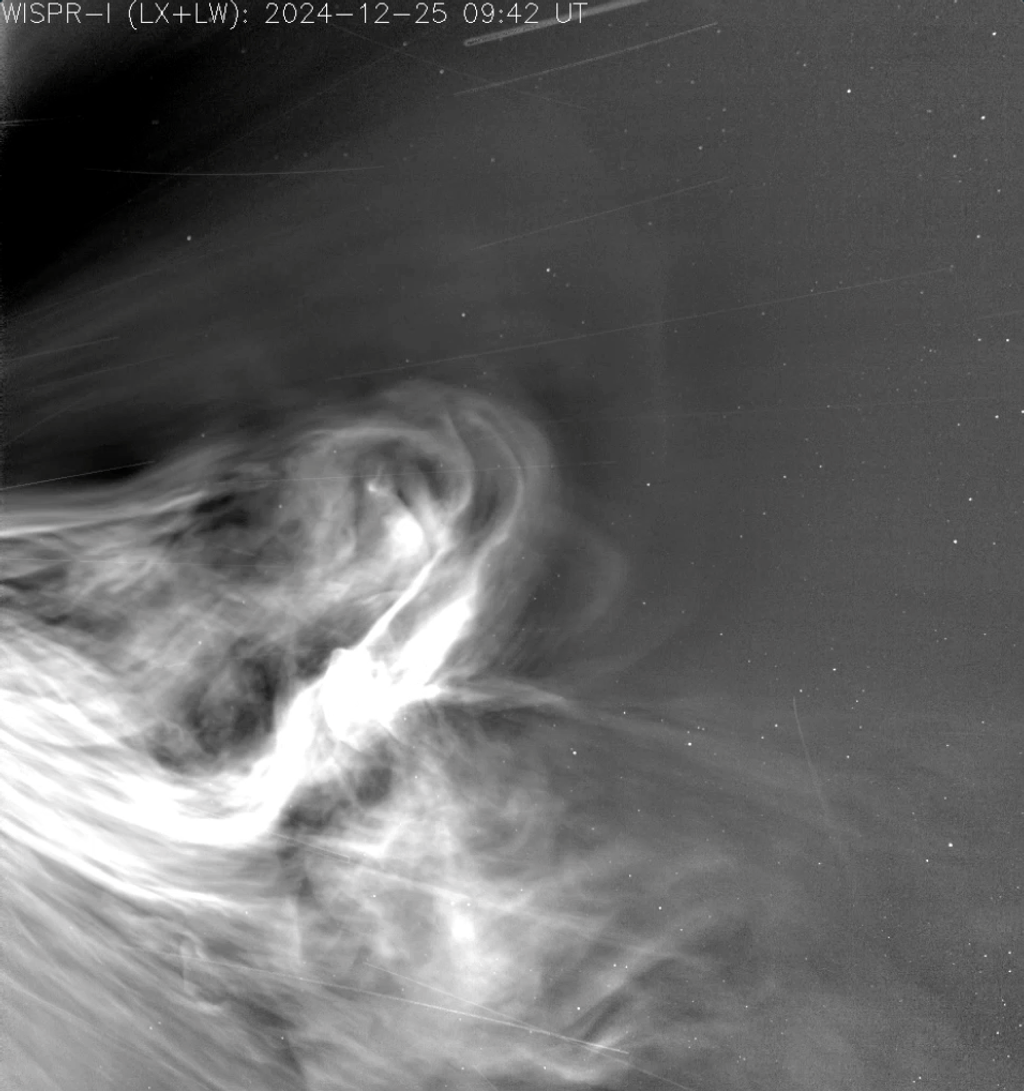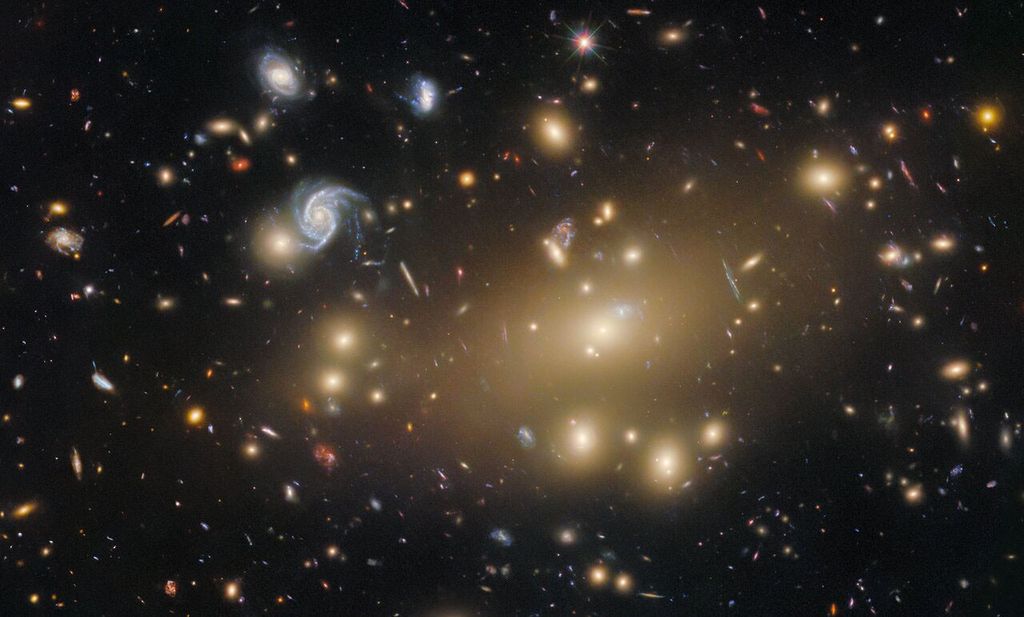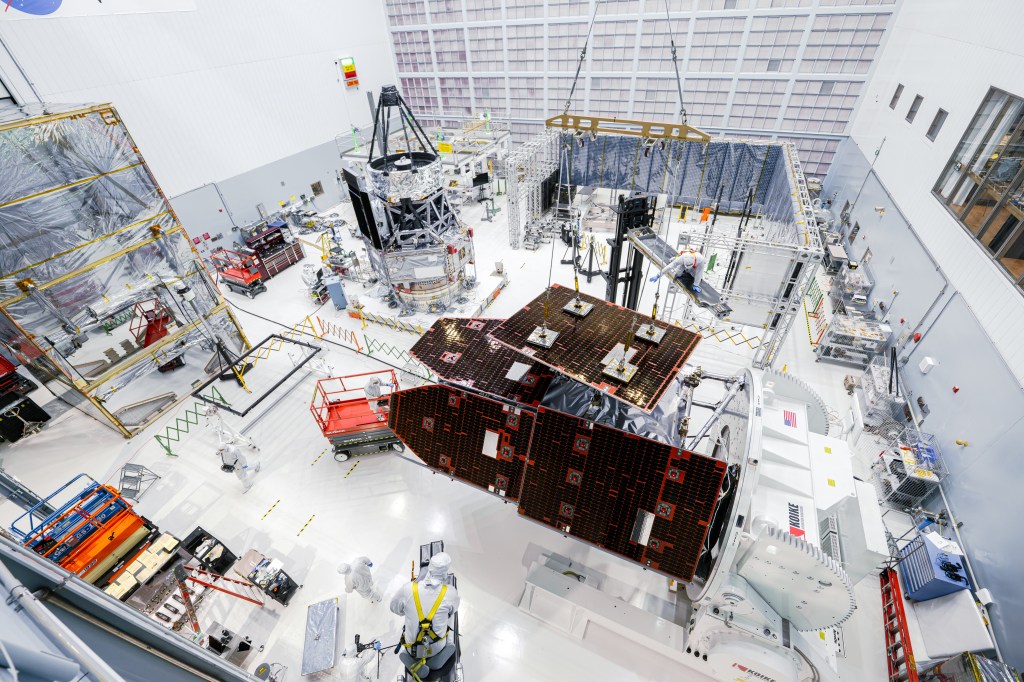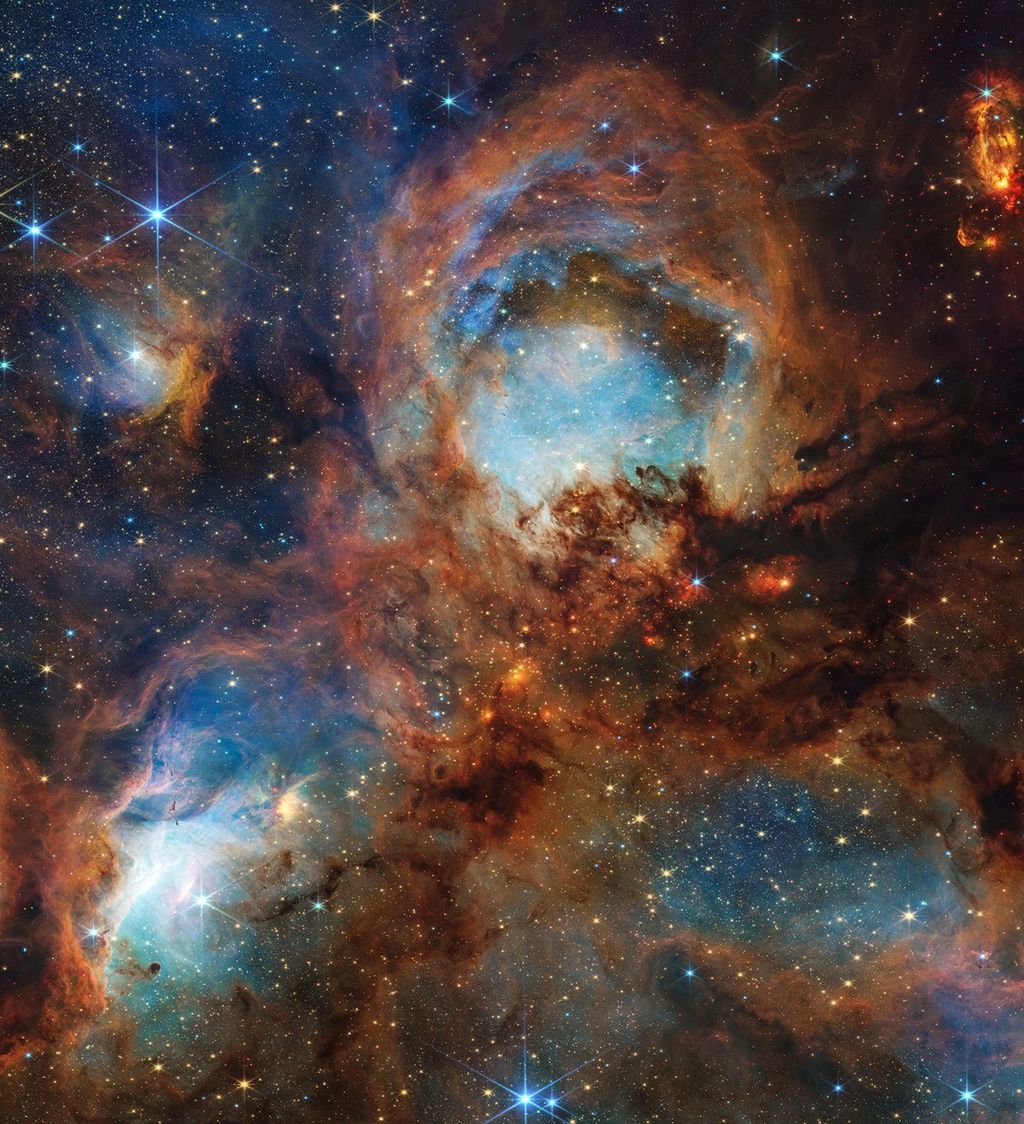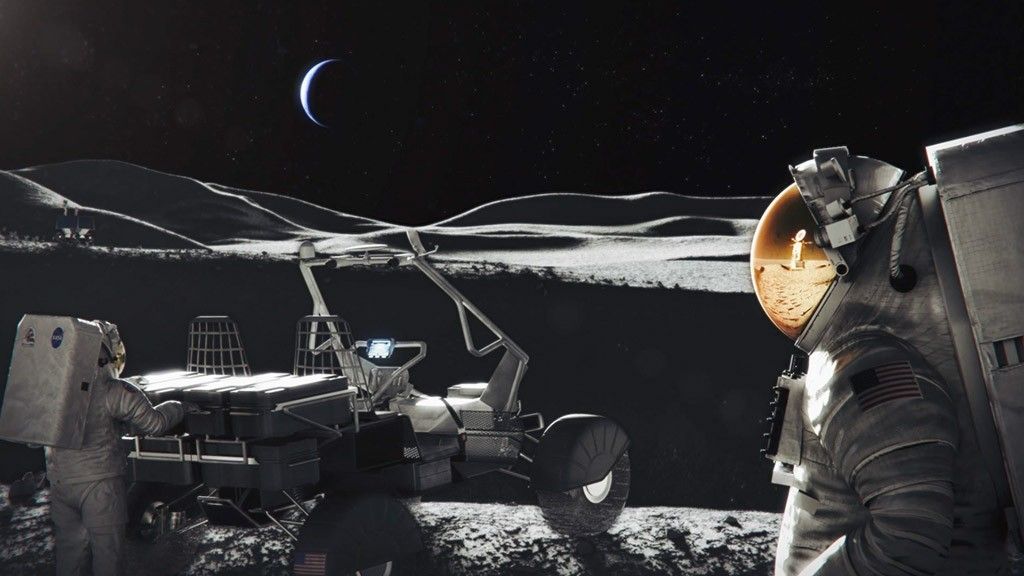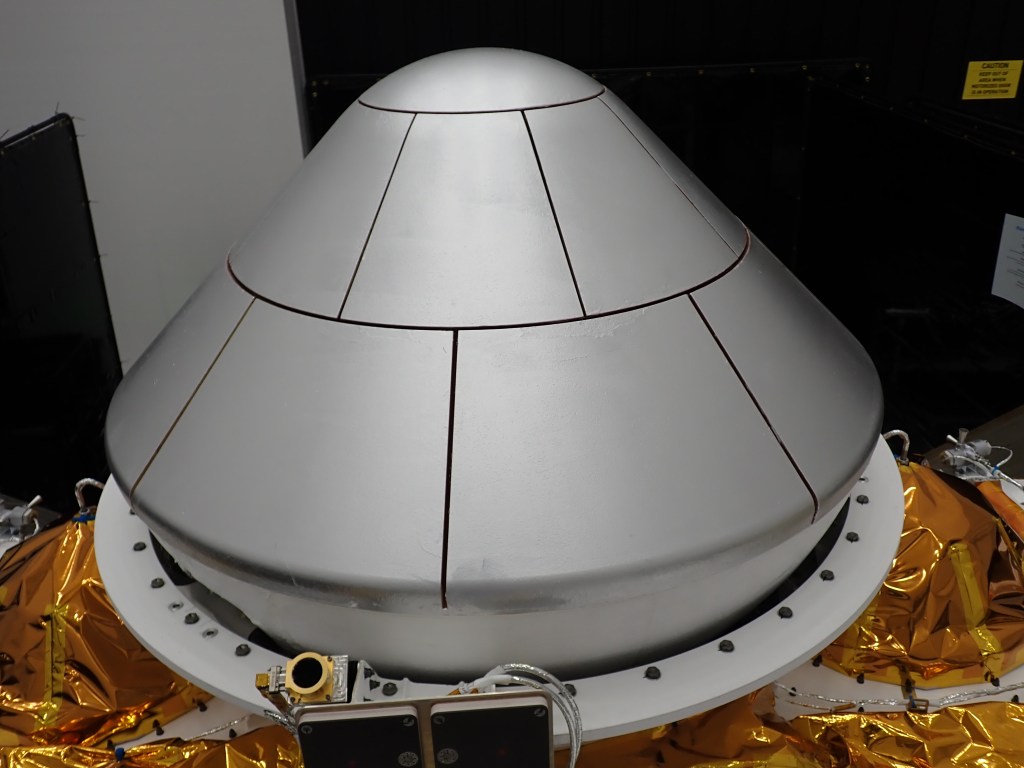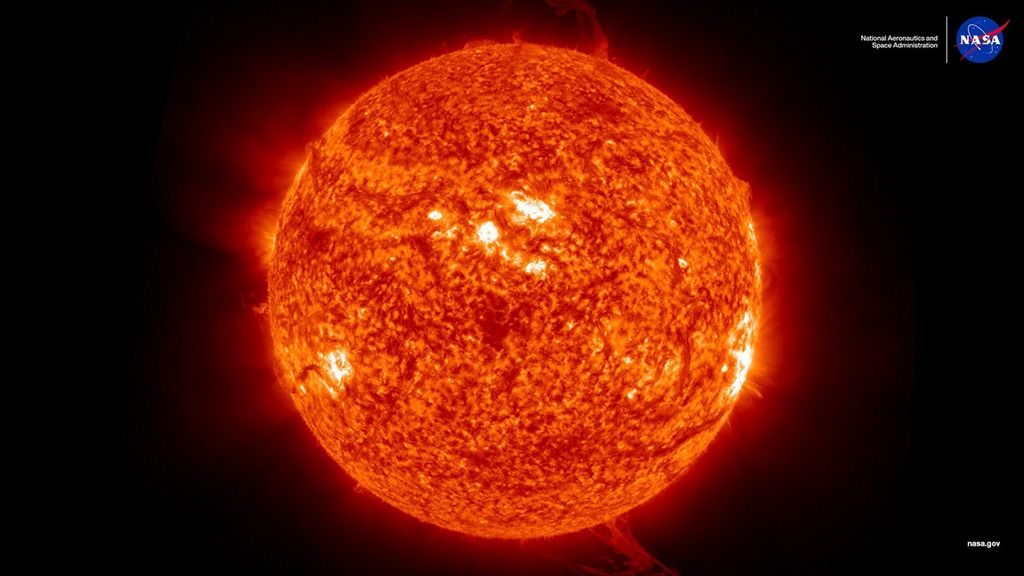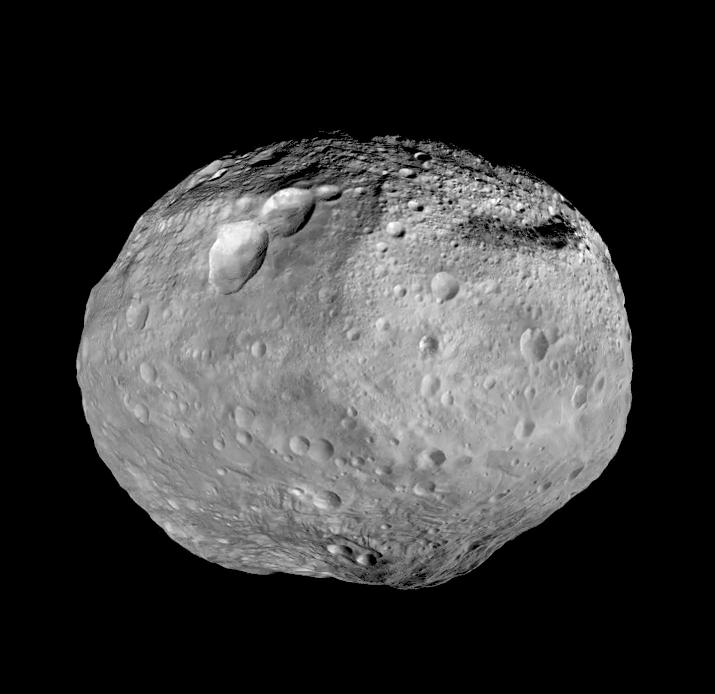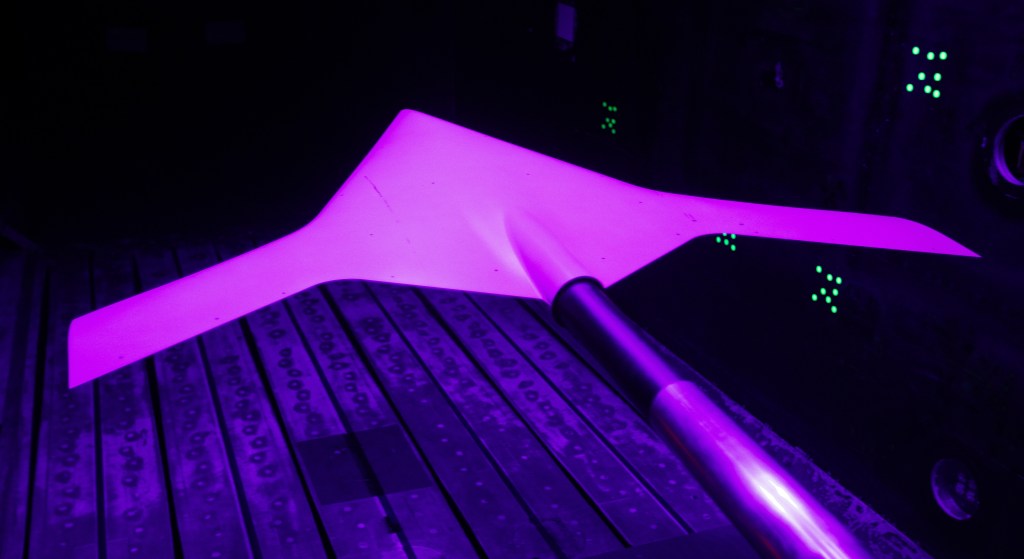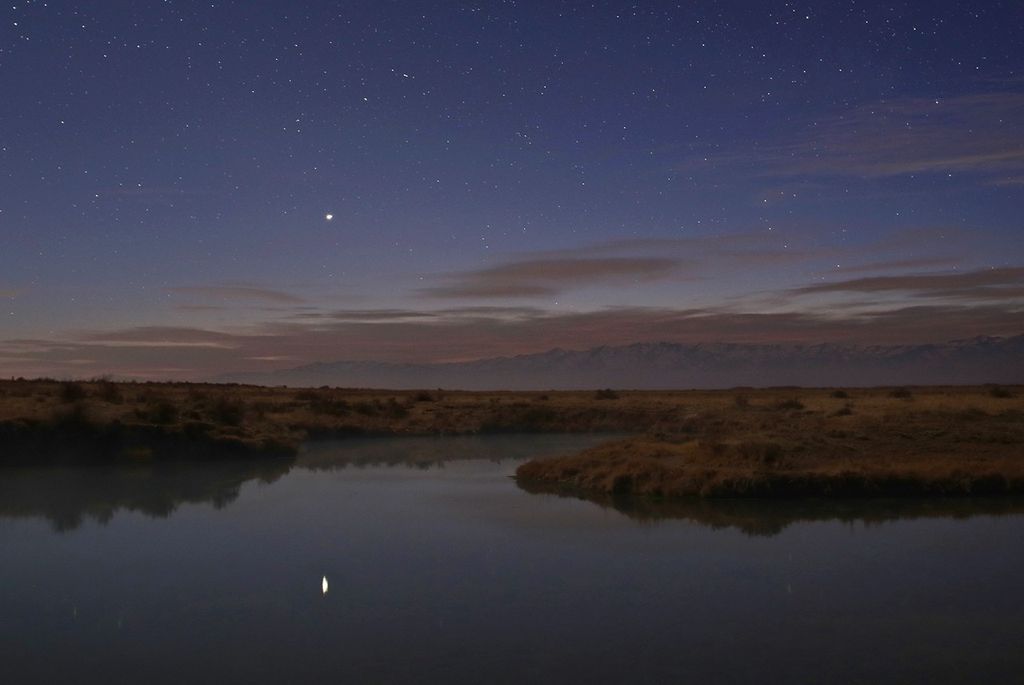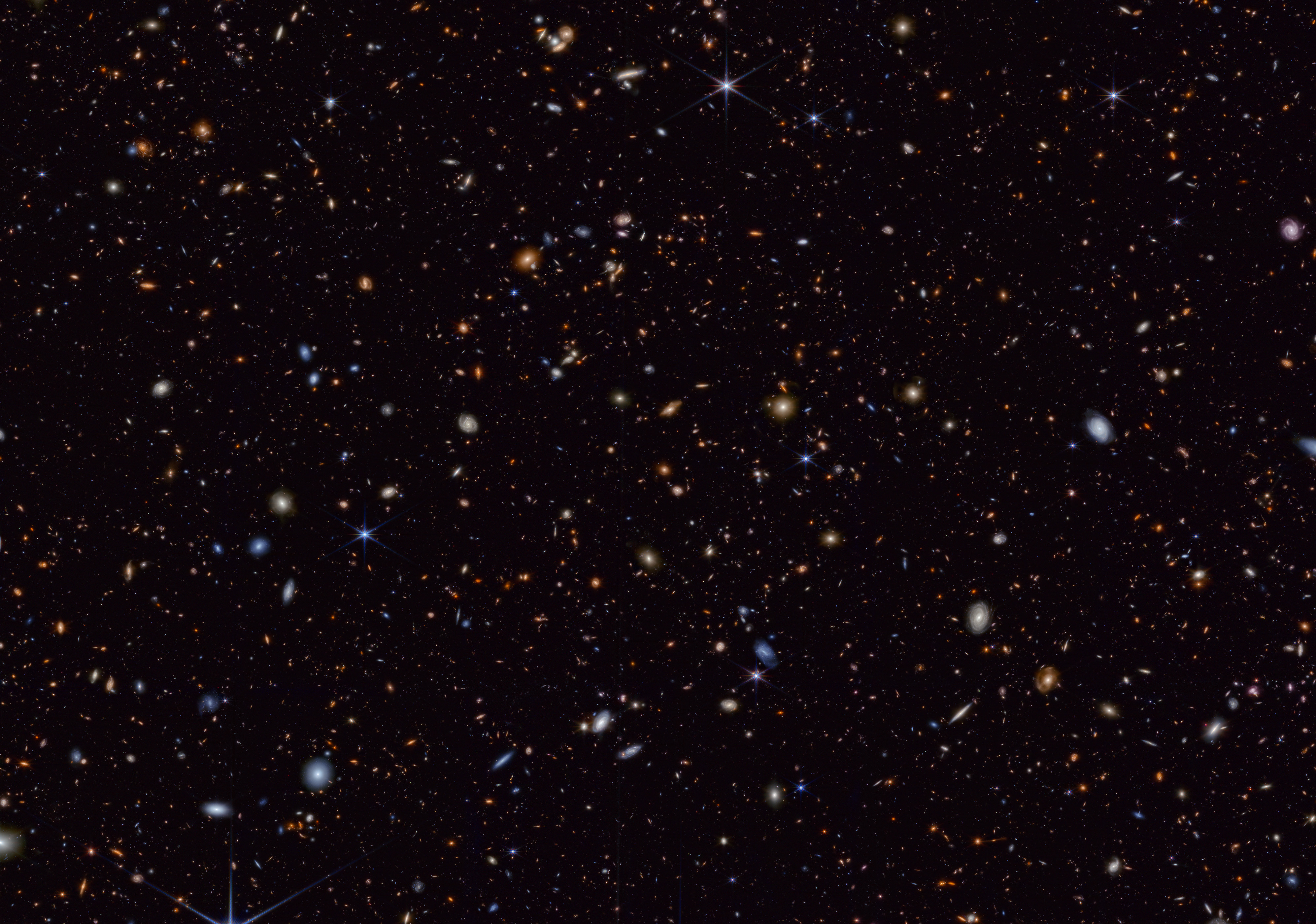1 min read
Compass and Scale Image of HUDF Infrared
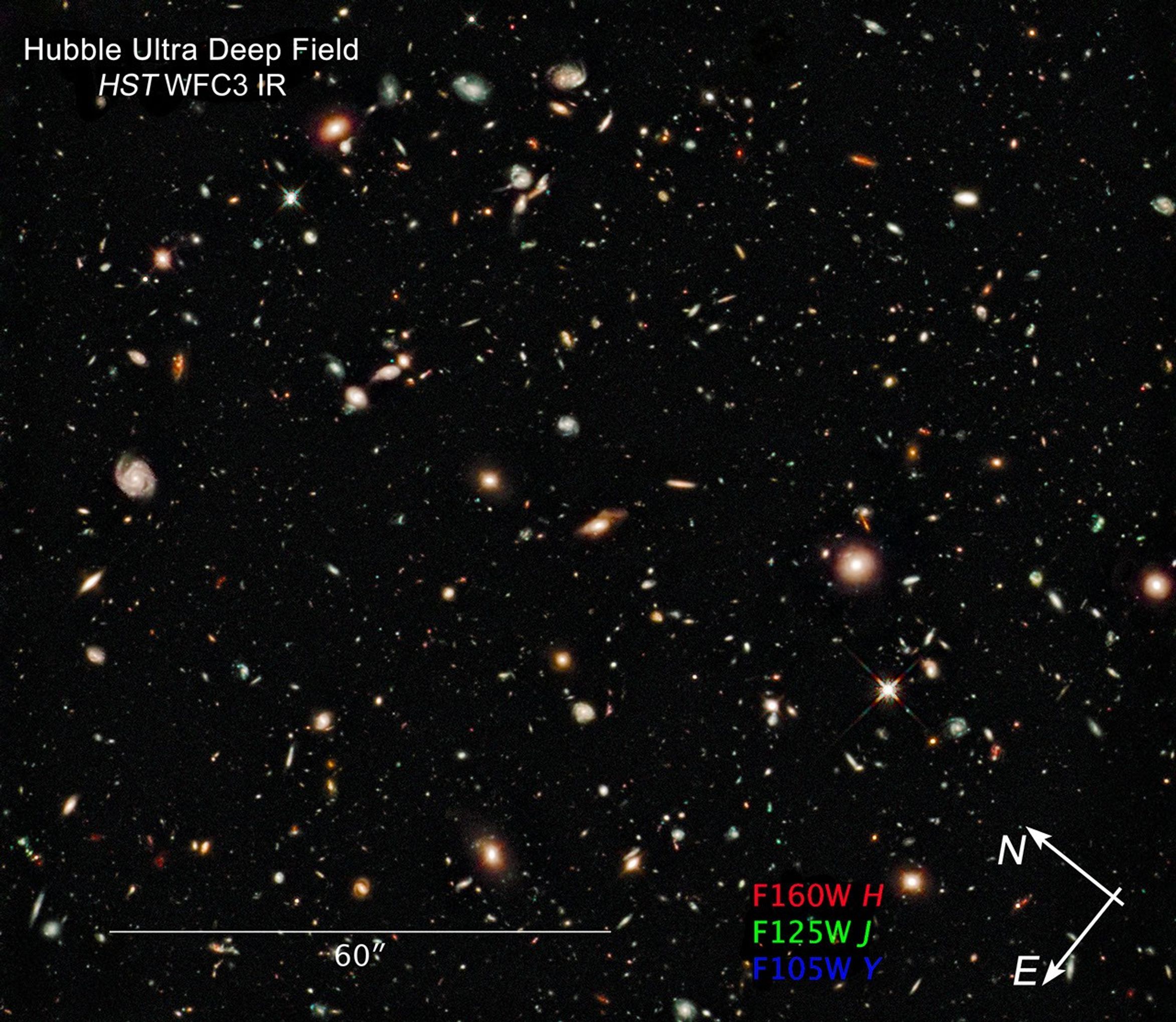
About the Object
- ConstellationConstellationOne of 88 recognized regions of the celestial sphere in which the object appears.Fornax
- DimensionsDimensionsThe physical size of the object or the apparent angle it subtends on the sky.This image is roughly 2.4 arcminutes wide.
About the Data
- Data DescriptionData DescriptionProposal: A description of the observations, their scientific justification, and the links to the data available in the science archive.
Science Team: The astronomers who planned the observations and analyzed the data. "PI" refers to the Principal Investigator.The image was created from Hubble data from proposal 11563: G. Illingworth (UCO/Lick Observatory and the University of California, Santa Cruz), R. Bouwens (UCO/Lick Observatory and Leiden University), M. Carollo (Swiss Federal Institute of Technology, Zurich), M. Franx (Leiden University), I. Labbe (Carnegie Institution of Washington), D. Magee (University of California, Santa Cruz), P. Oesch (Swiss Federal Institute of Technology, Zurich), M. Stiavelli (STScI), M. Trenti (University of Colorado, Boulder), and P. van Dokkum (Yale University). - InstrumentInstrumentThe science instrument used to produce the data.HST>WFC3/IR
- Exposure DatesExposure DatesThe date(s) that the telescope made its observations and the total exposure time.August 26, 2009 - September 6, 2009, Exposure Time: 48 hours
- FiltersFiltersThe camera filters that were used in the science observations.F105W (Y), F125W (J), and F160W (H)
- Object NameObject NameA name or catalog number that astronomers use to identify an astronomical object.Hubble Ultra Deep Field Infrared WFC3/IR (HUDF WFC3/IR)
- Object DescriptionObject DescriptionThe type of astronomical object.Cosmological Survey
- Release DateJanuary 5, 2010
- Science ReleaseHubble Reaches the “Undiscovered Country” of Primeval Galaxies
- Credit

Color Info
Color InfoA brief description of the methods used to convert telescope data into the color image being presented.
The image is a composite of separate exposures made by the WFC3 instrument on the Hubble Space Telescope. Three filters were used to sample broad wavelength ranges in the near infrared. The color results from assigning different hues (colors) to each monochromatic image. In this case, the assigned colors are: Blue: F105W (Y) Green: F125W (J) Red: F160W (H)
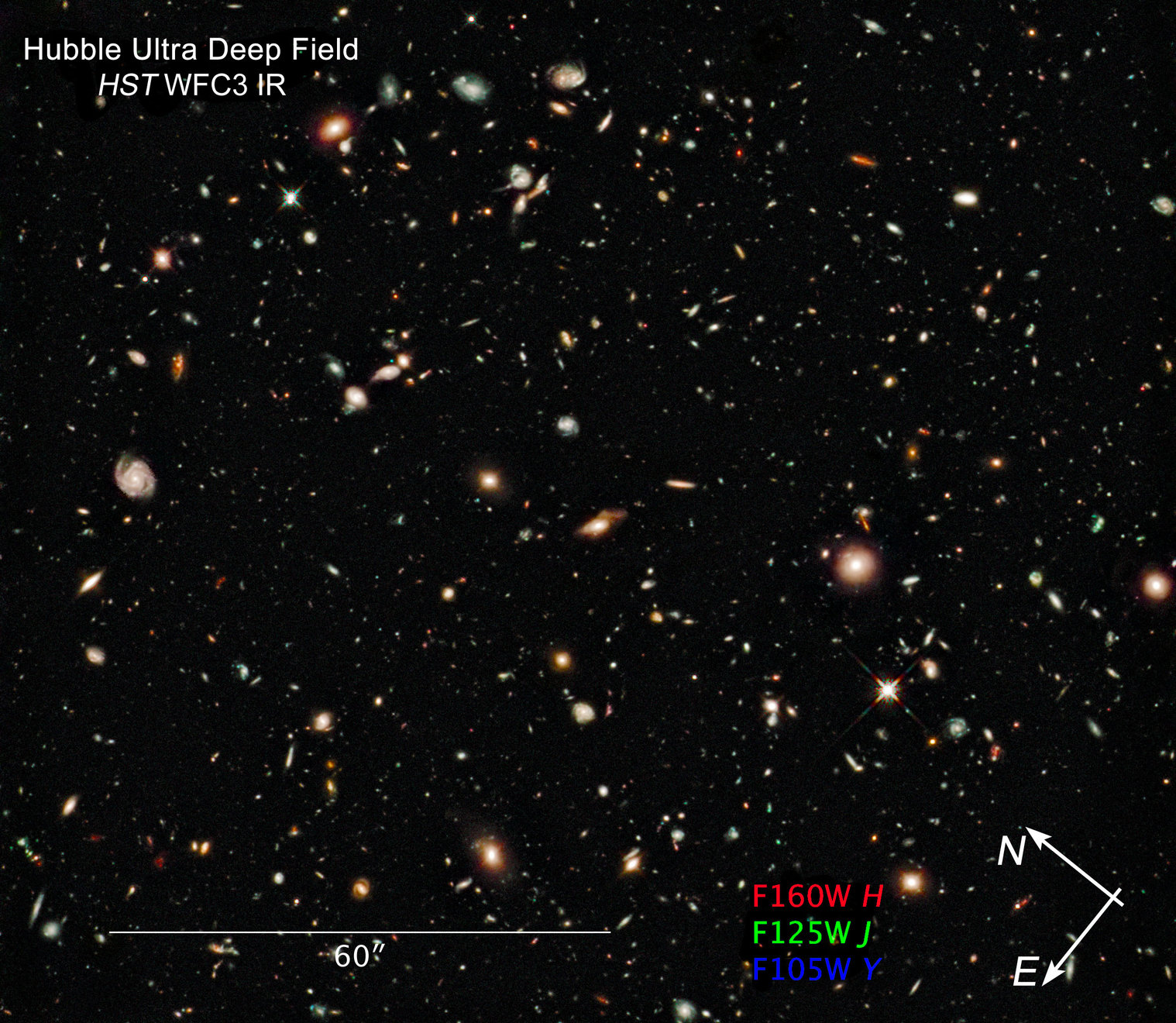
Compass and Scale
Compass and ScaleAn astronomical image with a scale that shows how large an object is on the sky, a compass that shows how the object is oriented on the sky, and the filters with which the image was made.
Related Images & Videos
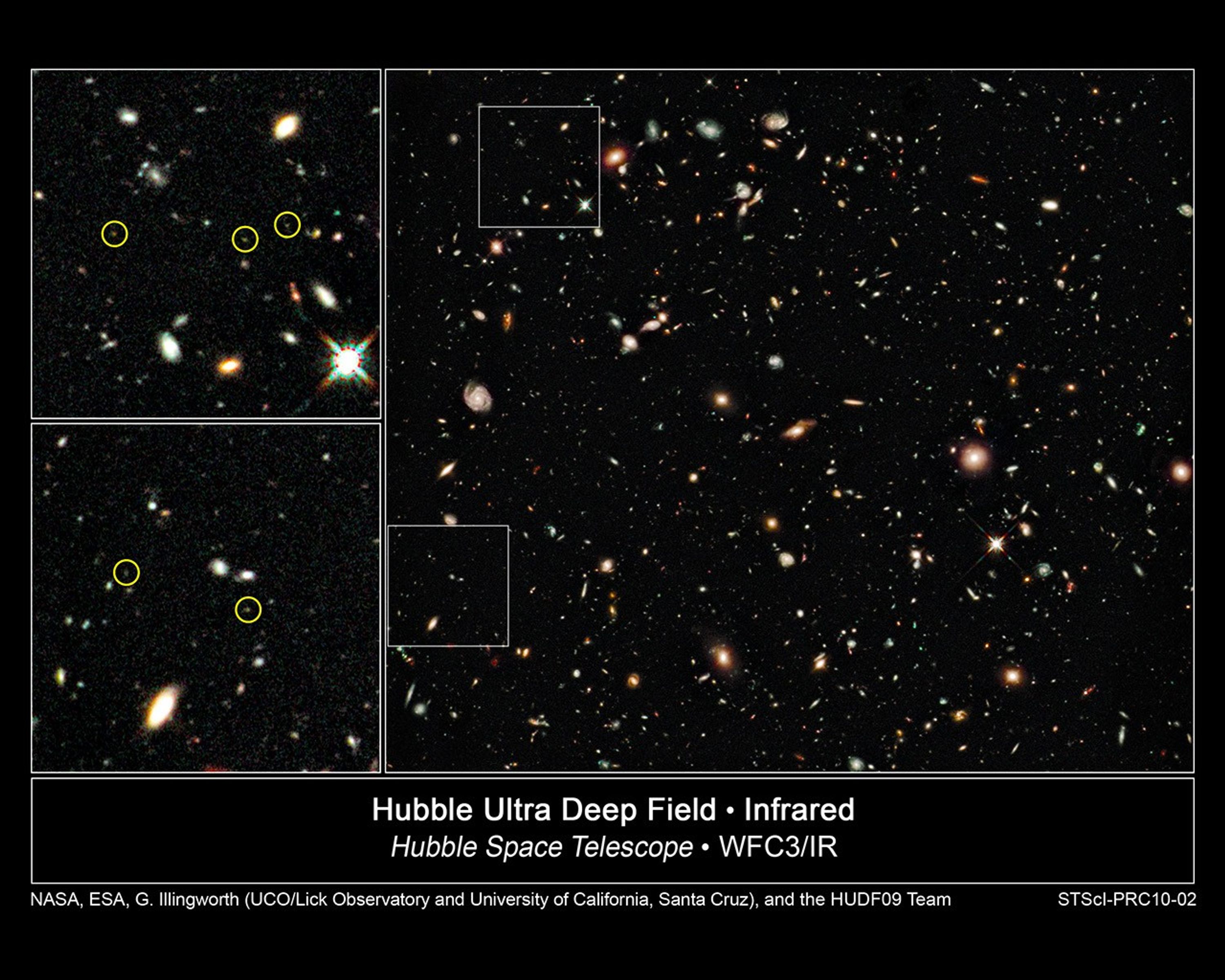
Hubble Pinpoints Distant Galaxies in Deepest View of Universe
This is the deepest image of the universe ever taken in near-infrared light by NASA's Hubble Space Telescope. The faintest and reddest objects (left inset) in the image are galaxies that correspond to "look-back times" of approximately 12.9 billion years to 13.1 billion years...
Share
Details
Last Updated
Mar 28, 2025
Contact
Media
Claire Andreoli
NASA’s Goddard Space Flight Center
Greenbelt, Maryland
claire.andreoli@nasa.gov

